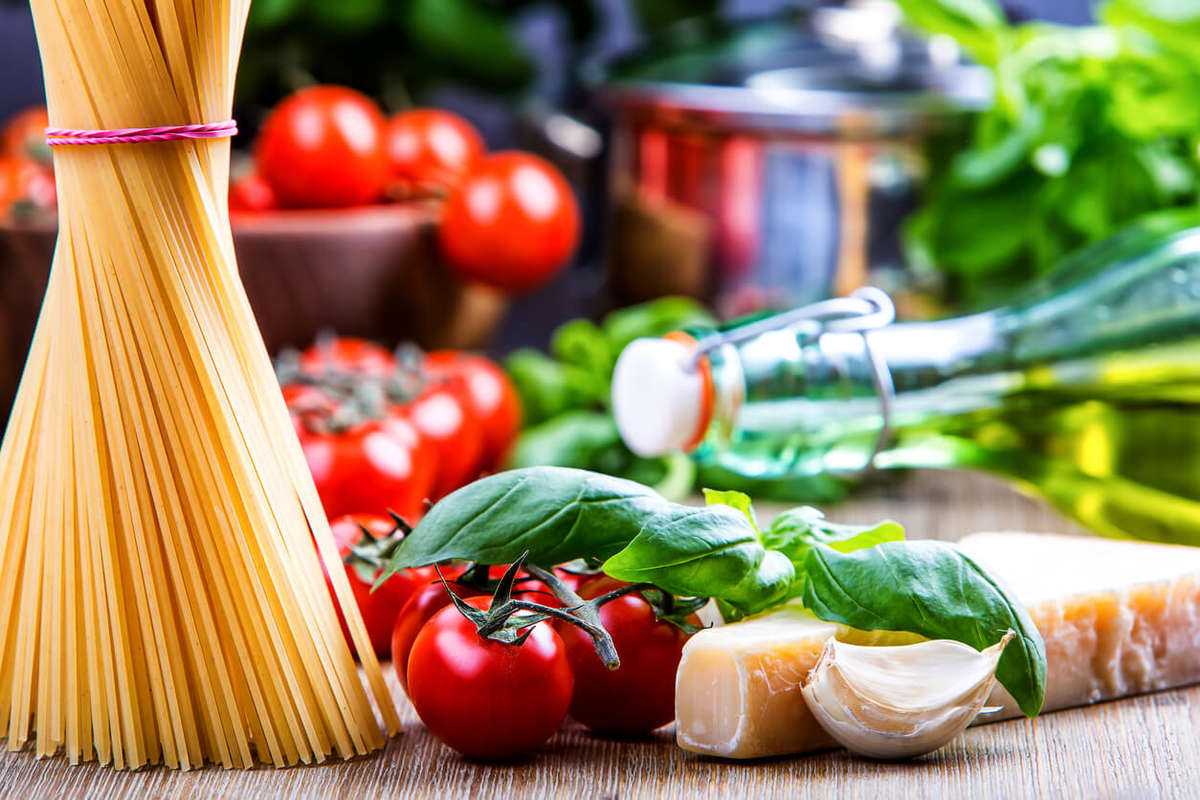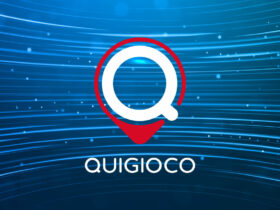Italian food exports represent a vital segment of the national economy, with significant growth year after year
The national food supply chain with an annual turnover of over 180 billion euros, it represents the most important economic segment involving over 1.3 million employees.
Of this turnover, approximately 60 billion is due to exports which places this sector in second position at a national level in terms of number of companies and employees by export value.
Italian gastronomic traditions and the high quality of products and raw materials are the pillars on which the excellence of the national agri-food sector is based.
The second distinctive note is the high added value that the Italian food industry is able to generate, through the transformation of excellent quality raw materials into finished products highly appreciated both in the domestic and international markets.
Despite the notoriety and success of made in Italy, the path to export is not without challenges and obstacles. The market requires high quality standards and compliance with a series of rigorous regulations. Let’s see, therefore, what the opportunities and requirements of the sector are.
What does the Italian food supply chain sector include?
The Italian agri-food supply chain is a complex and multifaceted ecosystem that includes a vast range of activities, from agricultural production to industrial processing, up to distribution, retail sales and all services related to the activities.
It includes a plurality of production entities, from small family businesses to large multi-site businesses that can also be linked together like a chain, with supply chain agreements and contracts that define their responsibilities and position.
An agri-food supply chain represents the set of steps and actors involved in the production, transformation, distribution and sale of agri-food products.
The main stages of a supply chain are described below:
To the phases and actors just described, all those collateral realities of the food must also be added, for example:
- Internal transporters who take care of the logistics phases between the supply chain phases. An example are those who store and handle grain before delivering it to the mills.
- MOCA suppliers of materials used for food contact and food packaging.
- Consulting and training services that will assist organizations in the various food safety, workplace safety, environmental, privacy and various tax obligations.
- Analysis laboratory that carries out analytical evaluations to protect consumer health.
- Pest control services that will take care of pest disinfestation and prevention services.
- Calibration laboratory for monitoring weights and volumes.
- Marketing and commercial, entities that will operate for negotiation and market activities.
Made in Italy agri-food excellences most requested by the markets
Here is a list of 10 food products from the Italian supply chain that are highly appreciated on international markets:
- Cheeses
- Parmesan Cheese: known and appreciated for its unmistakable taste and its long maturation.
- Buffalo Mozzarella from Campania: a fresh cheese appreciated throughout the world, often used in dishes such as Caprese or Margherita pizza.
- Hams and cured meats
- Parma’s ham: renowned for its sweet and delicate flavour.
- Salami Felino: a high quality salami, known for its flavor and distinctive aroma.
- come
- Chianti: a Tuscan red wine famous throughout the world.
- Prosecco: an Italian sparkling wine in great demand internationally.
- Extra virgin olive oil: known for its nutritional properties and its versatile use in the kitchen.
- Pasta
- Gragnano pasta: renowned for its superior quality and its historical tradition in pasta production.
- Bakery products
- Panettone: a Christmas dessert that has gained international fame.
- Balsamic vinegar of Modena: known for its balanced taste between sweet and sour, used to season various dishes.
- Truffle: Italian truffles, especially the white Alba truffle, are highly sought after globally for their intense and distinctive aroma.
- Espresso: although it is not a “solid” food product, Italian espresso coffee is renowned throughout the world.
- San Marzano tomatoes: These tomatoes are prized for their sweetness and texture, making them ideal for making sauces and gravies.
These products represent only some excellences of the Italian agri-food chain and enjoy great prestige in global markets, thanks to their quality and Italian production traditions.
Food sovereignty and export
In contrast to the errors and horrors brought about by global markets where failure contributes and incorrect practices are the order of the day, in our country as well as in the more sensitive ones, food sovereignty is increasingly sought.
The food sovereignty is a concept that refers to the right of local communities and peoples to define their own policies and strategies regarding food production, distribution and consumption, in order to guarantee equitable, sustainable and healthy access to food.
This approach places emphasis on supporting local agriculture and self-determination, and tends to privilege local economic circuits, thus promoting environmental, social and economic sustainability.
The commitment goes far beyond simple food safety, including aspects such as sustainable management of natural resources, the protection of the rights of small farmers and the promotion of sustainable and ethical production methods.
Born in 1996, during the Food for All summit of the FAO (Food and Agriculture Organization of the United Nations) held in Rome. It was introduced by The Via Campesinaan international movement that brings together organizations of small and medium-sized agricultural producers, rural workers, and indigenous communities.
The goal was to counter neoliberal policies that they believed were harming local farming communities globally. Since then, the concept of food sovereignty has been widely adopted and discussed in various international platforms and forums, becoming a focal point for debates on issues of food security, farmers’ rights and environmental sustainability.
The challenge will be at a political level, but also at a behavioral level, reflecting on food sovereignty policies at European and Italian level, discussing how these can allow the country’s food export without impacting producers and consumers.
Italian sounding: food scams
The food scams they are illegal practices that aim to deceive consumers about the reality of the products they purchase in order to gain an economic advantage. These scams can occur at different stages of the agri-food supply chain and manifest themselves in various ways. Here are some types of food scams:
- Adulteration: substitution, dilution or addition of substances in a food product to increase its volume or weight, often with inferior or less expensive substances.
- Fraudulent labeling: providing false or misleading information on the product label, such as false geographical indications, false declaration of ingredients, etc.
- Economic frauds: manipulation of prices or commercial transactions to obtain an economic advantage.
These practices not only deceive consumers, but can also put public health at risk, causing significant economic damage to honest businesses and undermining trust in the food system.
Another phenomenon capable of defrauding the consumer is Italian sounding. Italian sounding refers to the practice of marketing food products using names, terms, images and other references that evoke Italy, with the aim of misleading consumers into believing that such products are of Italian origin, when in reality they are not. I am. This phenomenon is based on the high reputation that Italian food products enjoy around the world, exploiting the prestige associated with the Italian gastronomic tradition to promote products that have no real ties to Italy.
These practices may include:
- Use of Italian names or names that recall Italy for products made abroad;
- Use of stereotyped images of Italy, such as the Italian tricolor or famous monuments, on product labels;
- Use of Italian terms to describe a product, even if it has no connection with Italian tradition or production techniques;
- Brand building which recall well-known Italian products, to mislead the consumer about the true origins of the product.
These strategies can deceive consumers into believing they are buying authentic Italian products and, at the same time, damaging the reputation and market of real Italian products.
Mandatory requirements to be respected in the agri-food supply chain Here we will talk about the main regulatory and legislative requirements that regulate Italian food exports, highlighting the safety and quality standards imposed at European and international level. Subsequently, it would be necessary to examine the specific requirements for different types of products, highlighting any mandatory certifications. To close, it may be useful to provide an overview of the bodies that oversee the sector, such as EFSA at European level and the Ministry of Health at national level, outlining their roles and responsibilities.
Mandatory food requirements required for export
Given the critical issues discussed in the previous chapters, it is clear that organizations that want to operate at an international level must equip themselves with voluntary tools to protect the excellence produced.
In fact, the mandatory regulation focuses only on food safety, requiring mainly five activities:
- Recognition of one’s activities according to the requirements defined by national countries.
- Evaluation and management of food risks…
















Leave a Reply
View Comments